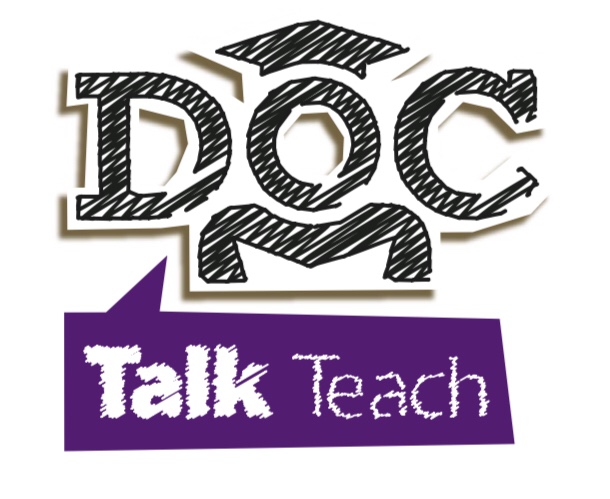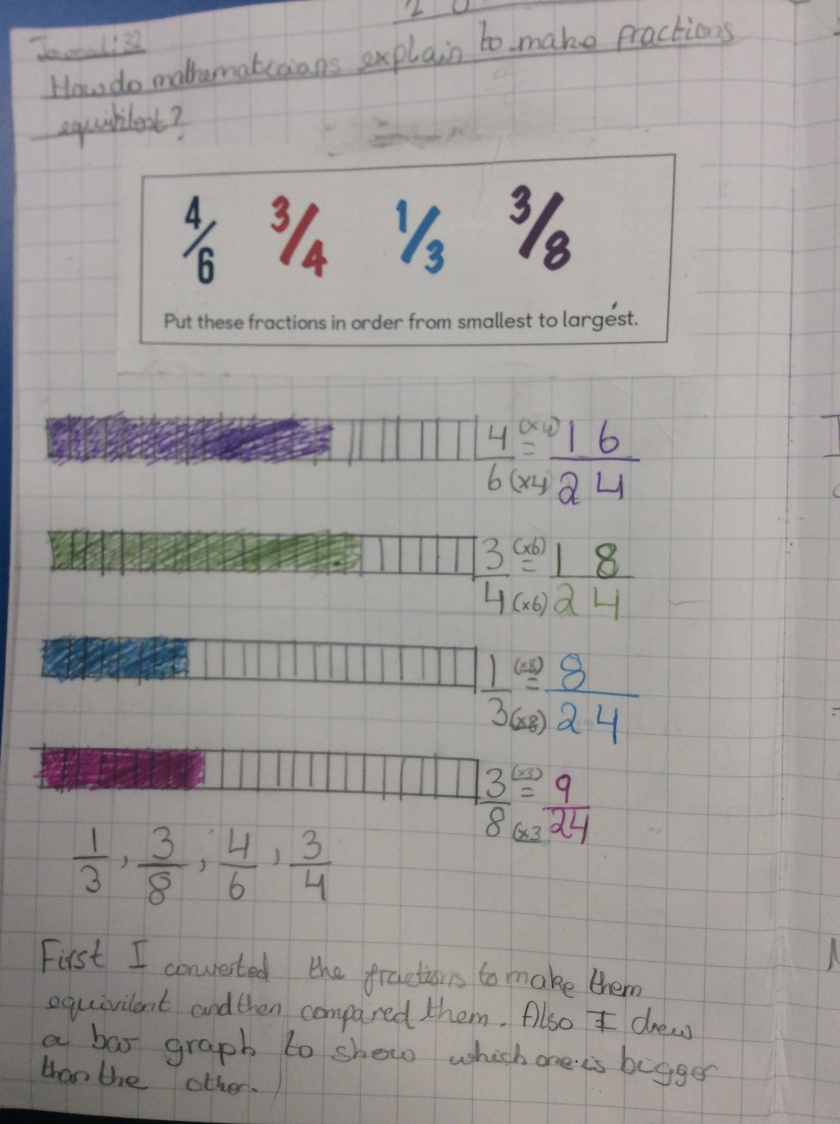This week I was lucky enough to sit down with the Headteacher of the fantastic Central Primary in Watford, John Mynott, and discuss all things Lesson Study. I explained to John how I felt Lesson Study had been fundamental to the development of my teaching practice and had been a key element in creating a culture of collaboration at the school I work at. John asked if had to choose one cycle of Lesson Study which was particularly memorable which would it be.
Hmmm.
One Lesson Study cycle which really stands out to me and one I often reflect back on was when the great Ban Har came into our school and acted as the ‘knowledgeable other’ in our interrogation of Singapore maths. This obviously was a unique situation – a once in a pedagogical life time experience – and has been the single greatest CPD I have ever been involved in. I explained to John that after the 3 day cycle came a feeling of energy and a personal buzz around teaching that up until that moment I had not felt in such a vivid way. I went on to say that the outcomes and professional learning from the Lesson Study are still shaping my practice to this day – I often frame what I teach and how I teach it in reference to my professional learning on that day. John then asked what have I done with these outcomes and who/ how I have shared them.
Great question.
Well immediately after the Lesson Study we (the research team) created a learning poster and shared the outcomes with our staff in a meeting and the learning has also had an influence on the numerous Open Days we host across the year. But the truth is I hadn’t really reflected in sufficient depth just how influential the learning from the 3 days had been. I always felt there was a sense that I knew at the time the outcomes of the learning were groundbreaking to my practice but I hadn’t yet fully understood the implications and how I could apply it to my own context going forward.
So I’m writing this for a number of reasons:
1) I find writing helps me understand my own thinking as I have to be really clear when putting my thoughts down onto the page and this allows me to gain an appreciation of whether I do understand something.
2) I hope this makes me a little bit more accountable for the sharing of the learning. I had this incredible professional learning and on reflection have I utilised and made the most of? Not yet. So hopefully this will force me to make the learning a stronger foundation to the pedagogy in our school.
3) It’s not every day you get the opportunity to have such an experienced and knowledgeable guru in your classroom. So I feel it is now my responsibility to share it with as many people as possible, with the hope that others can benefit in the same way I did.
So what did I learn?
(Just to give you a bit of context this was a Year 6 class of 20 pupils in a mixed setting and the focus was on challenge for all.)
- Time
The first thing I learnt was the importance of allowing enough time for children to interrogate a problem within a group without any teacher input. Piaget calls this ‘exploration’ and Ban Har ‘ample processing time’ where children are allowed to explore, make mistakes and get their head around a problem in their own reality. This exploration phase of a lesson should be a sufficient amount of time but the key is it needs to be in a low stakes environment where pupils are allowed to make mistakes, look at a problem informally and in a number of different ways before any teacher interjection or formal teaching. (Zoltan Dienes – Six-stage theory of learning mathematics).
What I found what I was doing was that I was allowing time for exploration but nowhere near enough. It would only be 2/3 minutes before I would start to interject with questions scaffolding or enriching a problem before pupils had time to really explore and make ³sense of the problem deeply.
It was suggested that the exploration phase should be longer – 8-10 minutes (which can seem like a lifetime). The role of the teacher going around and ‘eavesdropping’ on the pupils learning- carefully beginning to consider how they were going to select and sequence the class discussion that would follow the exploration, also keeping an eye out for any unanticipated misconceptions. Just allowing those extra few minutes meant more pupils had time to answer the problem in a way that suited them – which meant more methods – which meant more points of connection making – which meant better discussions. Ban Har wisely said afterwards that sometimes ‘you need to waste time to save time.’
- The Five Domains of Challenge:
Ban Har suggested that there are 5 domains in which teachers can consider when planning for ‘challenge for all’.
Ban Har offered that there are many layers of challenge within a maths lesson and these can provide different challenges for pupils far beyond just the actual maths.
Cognitive – the actual maths. Students being able to solve the problem using any method. The movement between concrete, pictorial and abstract.
Metacognitive – pupils being able to spot mistakes, recognising and selecting the most effective methods, being able to make generalisations and adding a new perspective to a previous response.
Mindsets – having a productive set of beliefs, developing an understanding of how they work best and the ability to challenge themselves.
Social collaboration – contributing to the learning of others and developing themselves through this, seeking help and questioning of their partner.
Affective – showing perseverance, restraint and enjoyment within the lessons, understanding that it is okay to struggle with a task or problem.
🤯 – this was me at the time
I think naturally as teachers we provide sufficient challenge through both cognitive and metacognitive domains even if we don’t frame it using those terms, but I guess thinking on my own teaching I’m less conscious about the way I provide challenge through mindsets, social collaboration and affective domains.
But I’ll give it a go:
Cognitive – using MNP I don’t struggle to provide a challenge cognitively due to how well the textbooks have been written. I am aware of making sure that pupils aren’t coasting during a lesson and make sure I’m providing some kind of learning turbulence (learning pit) during the lesson. I’m aware that it’s not better to accelerate a pupil to ‘harder’ maths but rather enrich deeper (that’s where the next domain comes in). This is also where our ‘descriptive’ journalling would fall.
Metacognitive – this is where in some capacity children are required to make a judgement. Identifying a misconception/ Selecting a sophisticated method/ reframing others thinking/ ABC (agreeing/ building/ challenging). This is probably best used once children have a secure understanding of the cognitive element of the lesson/ learning.
Social collaboration – as we all know with partner talk to can be variable on many different levels. Our school uses talk excellently but this has grown naturally and we can’t rest on our laurels so seeking ways to improve it: I joined the Oracy Pioneers Programme which has begun to shape how I differentiate and challenge through talk. This is still a work in progress and an area I hope to write about more extensively over the next year.
Mindsets/ Affective – now this is one that I find it quite hard to conceptualise about how this happens. It does happen and I do try to incorporate it, but without consistency and without a framework… I use reflection questions inspired by Jo Boaler (see previous blog) and the time to work for the time being. These are the next to explore fully.
3) Self Efficacy
Teachers are inherently overly self critical and I am too. The truth is you are doing a better job than you think you are and the fact you doubt that will probably make you a better teacher in the long term.
Anyway hope this was helpful and please contact with any questions. These ideas aren’t fully formed yet and I would love to discuss and reflect further.
Anyway, cheers,
Dave 🖖






